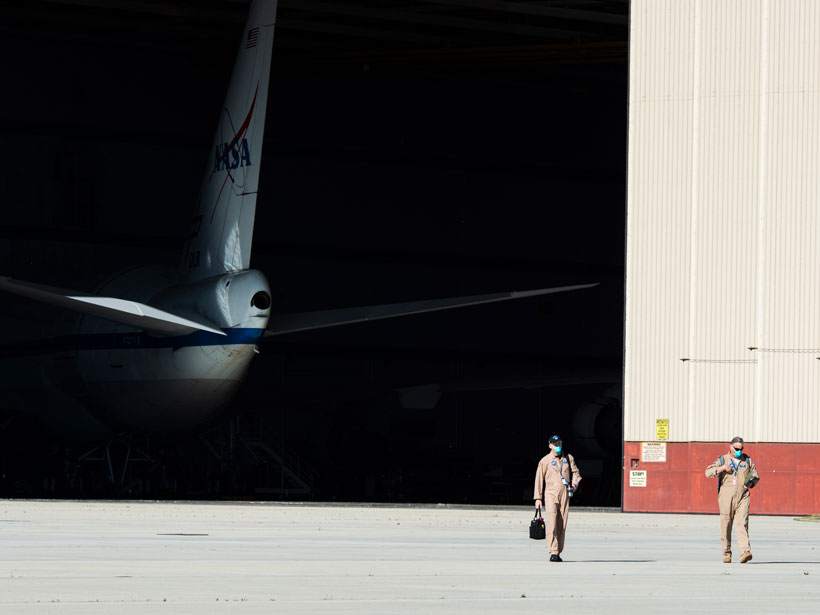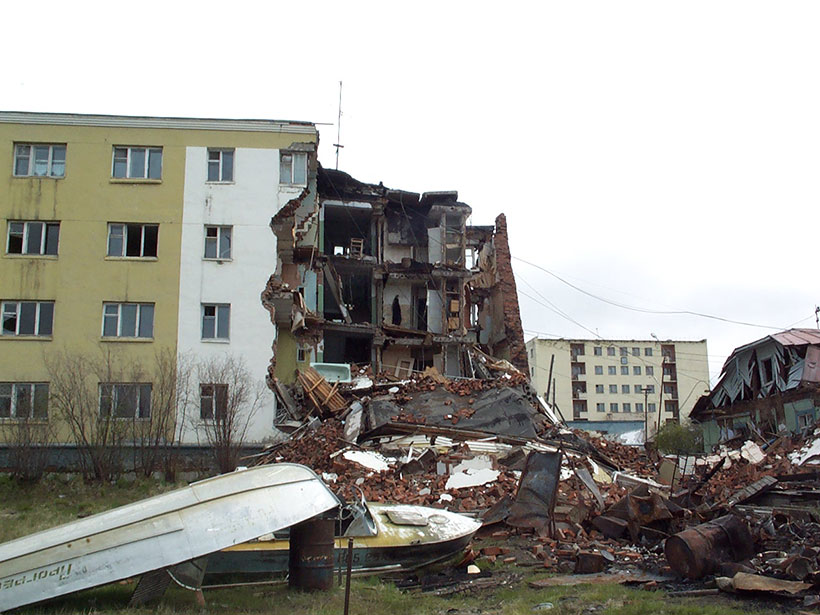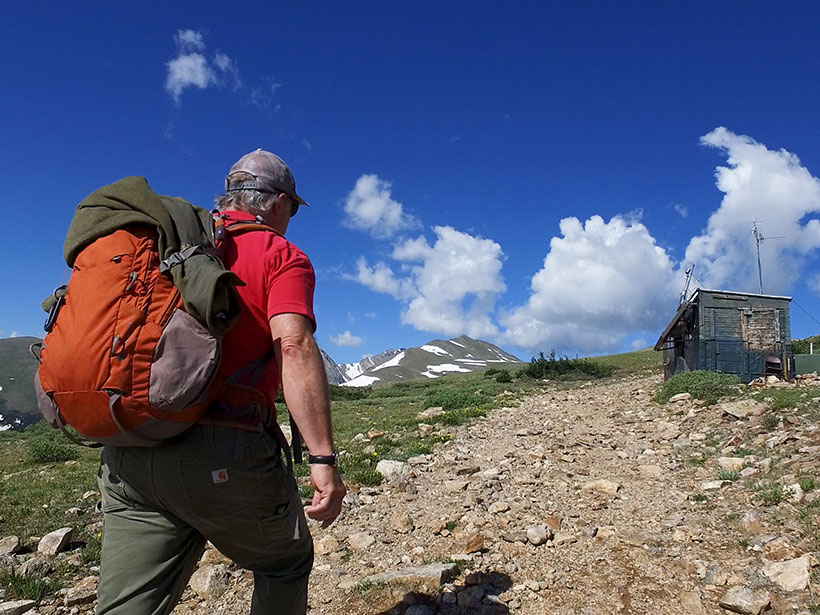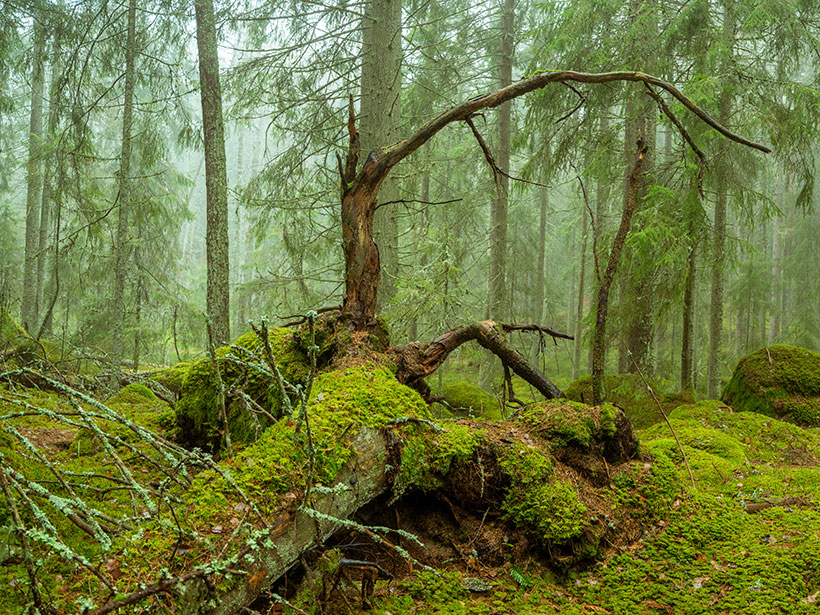Scientists studying a cyanobacterium isolated from rock samples in the Atacama Desert found out how the bacteria extract water to live. Their results may help identify likely sites for life on Mars.
News
This Week: Masked Men and Other Mysteries
What Earth and space science stories are we recommending this week?
Machine Learning Can Help Decode Alien Skies—Up to a Point
Astronomers are testing the tools that might help them keep up with the upcoming storm of exoplanet atmosphere data.
The Ticking Time Bomb of Arctic Permafrost
Arctic infrastructure is under threat from thawing permafrost.
Radioactive Bookkeeping of Carbon Emissions
A new sampling method uses carbon-14 to single out which carbon dioxide molecules in the atmosphere derive from fossil fuels. The method could help track emissions goals for climate mitigation.
Urban Land Could Increase Sixfold by 2100
Experts agree that as urbanization continues through the 21st century, cities need to focus on sustainable development to meet climate goals.
Geoscience Commits to Racial Justice. Now We’ve Got Work to Do
To be silent is to be complicit in our own destruction because racism destroys us all. But not being silent entails more than publishing statements. There is also the collective silence of inaction. —No Time for Silence
This Week: Diversity Outdoors and in School
What Earth and space science stories are we recommending this week?
El Agua Subterránea es la “Conexión Occulta” Entre la Tierra y el Océano
La importancia del agua subterránea dulce para los ecosistemas costeros es revelada utilizando el primer modelo numérico a escala global.
Europe Launches Biodiversity Strategy for the Coming Decade
Amid the coronavirus uncertainty, the European Union is standing by its Green Deal pledges.










